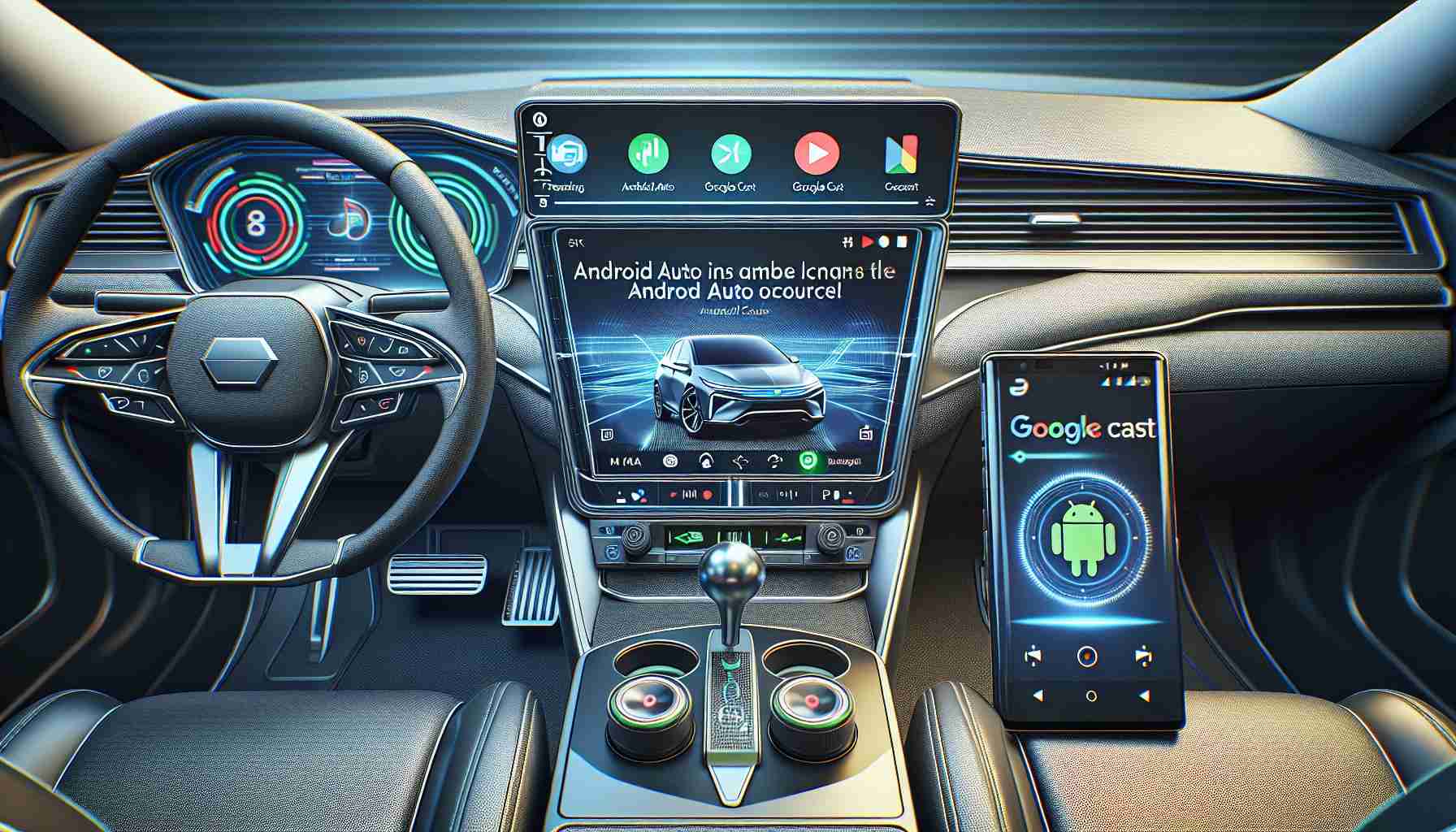Google’s Android Auto Upgrades with Casting Capabilities
Google’s commitment to enhancing the in-car experience for users continues to make waves, with the technology giant integrating Google Cast into the Android Automotive OS. This feature, which was previously known as Chromecast built-in, is expected to ramp up the infotainment offerings for over 200 million vehicles globally by 2024.
Initial Rollout Targeting Rivian Vehicles
Rivian car owners can look forward to an enriched multimedia journey as they will be the first to experience the convenience of casting content directly from their mobile devices to their vehicles. This significant update will bring a more diverse array of entertainment options directly to users’ fingertips.
Expanding Reach Across Automotive Brands
Although the presence of Google built-in has been somewhat limited, it is currently available in 40 car models across various well-known brands, including Polestar, Volvo, and Chevrolet. The expansion continues as additional models like the Acura ZDX and Ford Explorer prepare to join the roster. The built-in features such as seamless navigation through Google Maps and voice-activated controls via Google Assistant signify a move towards a more interconnected automotive experience.
Rich Selection of Apps for Passengers
Passengers can now enjoy a plethora of apps from YouTube to games like Angry Birds. Google revealed a notable interest in in-car gaming, citing nearly one million users per month engaging in GameSnacks on Android Auto, indicating a shift towards more immersive vehicle entertainment systems.
More Manufacturers to Offer Google’s Integrated Tech
The horizon looks bright as manufacturers like Ford, Buick, Infiniti, and Mitsubishi plan to launch vehicles outfitted with Google’s integrated technology, promising to offer a smarter, more enjoyable drive.
Key Questions & Answers:
Q: What is Google Cast and how does it work with Android Automotive OS?
A: Google Cast, formerly known as Chromecast built-in, allows users to stream content from their mobile devices to other devices that support casting. With the integration into Android Automotive OS, users can cast entertainment directly to their vehicle’s infotainment system. This creates a more seamless experience, where passengers can enjoy a variety of multimedia content on the car’s display.
Q: What types of entertainment can be cast using Google Cast in vehicles?
A: Users can cast a wide range of entertainment including but not limited to video content from apps like YouTube, streaming services, and possibly in-car gaming, considering the reported one million users engaging in GameSnacks on Android Auto.
Q: Which automotive brands currently offer or plan to offer Google’s integrated technology?
A: Google’s integrated technology is available in car models from brands such as Polestar, Volvo, and Chevrolet, and is expected to expand to additional models including the Acura ZDX and Ford Explorer. Furthermore, brands like Ford, Buick, Infiniti, and Mitsubishi have plans to offer vehicles equipped with this technology.
Key Challenges & Controversies:
– Data Privacy & Security: Given that these systems often require a Google account for full functionality, there are concerns about data privacy and how user information is managed.
– Driver Distraction: Features that enable video content and gaming could potentially lead to driver distraction, which is a significant safety concern.
– Technology Adoption: Not all vehicles are capable of integrating such sophisticated systems, which could lead to a divide in the experiences offered in different car models and brands.
Advantages:
– Enhanced In-Car Entertainment: Passengers have access to more diverse entertainment options, making long journeys more enjoyable.
– Seamless User Experience: Integration with the Android ecosystem allows for familiar interface and functionality, leveraging Google Maps and Google Assistant for convenience.
– App Ecosystem: Availability of a wide range of apps catered to in-car use enhances the functionality of the vehicle’s infotainment system.
Disadvantages:
– Compatibility: Not all mobile devices may be compatible with Google Cast, limiting its use to those with certain smartphones or tablets.
– Dependence on Internet Connectivity: Streaming content requires an internet connection, which might consume mobile data and isn’t consistently available in all areas.
– Updates & Support: Such systems may require regular updates, and older models may lack support as technology progresses, potentially reducing the functionality over time.
If you want more information on Android Auto and Google Cast, you can visit the Google homepage.
The source of the article is from the blog maltemoney.com.br
